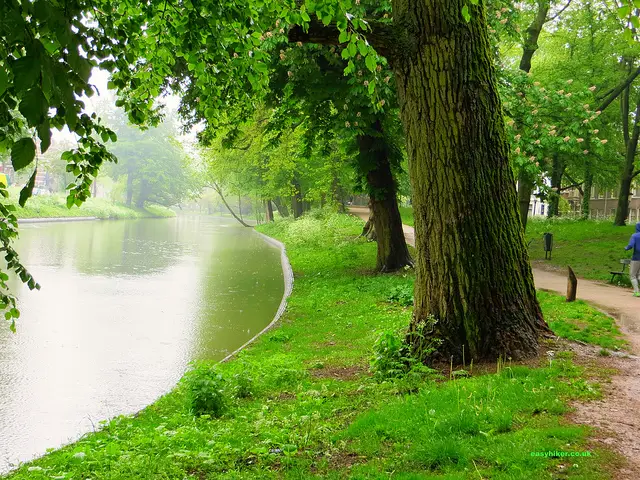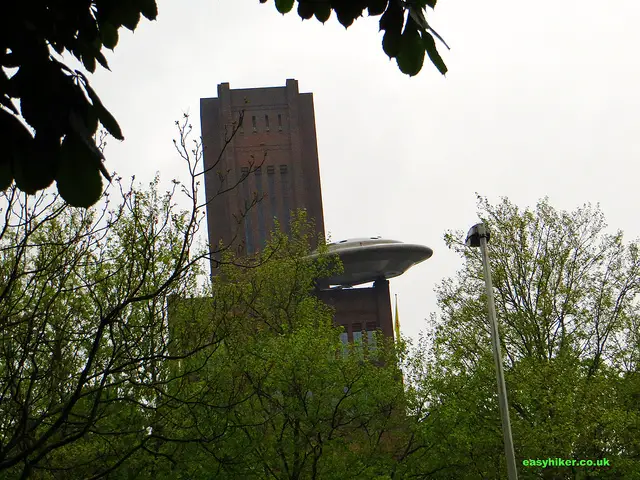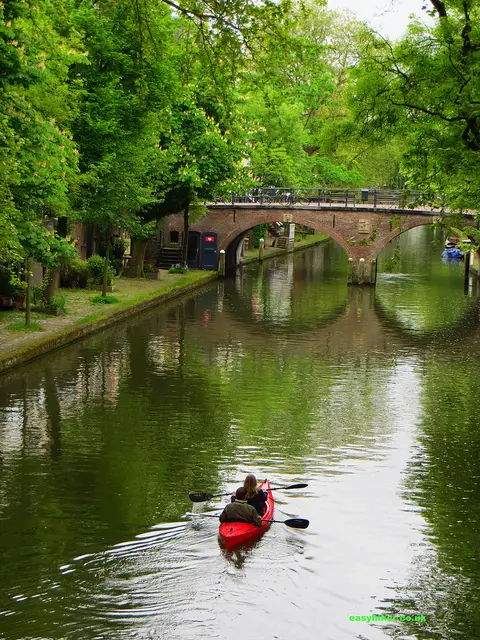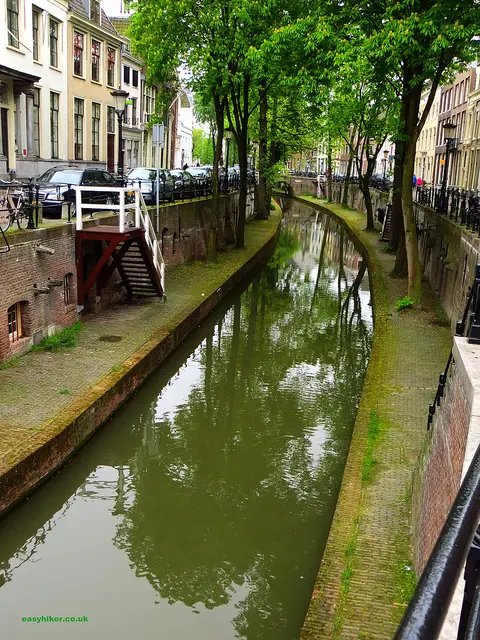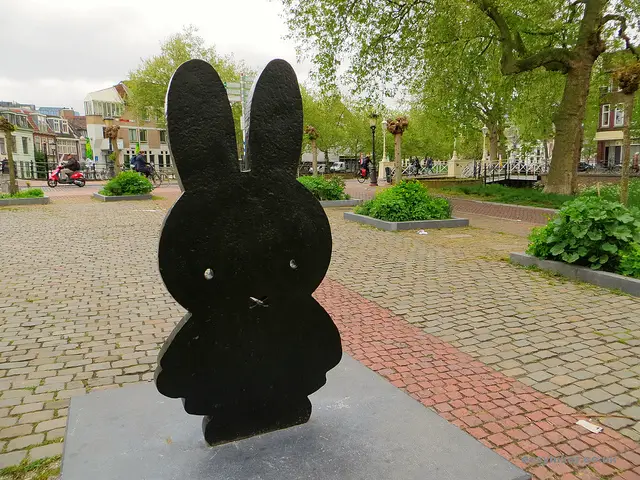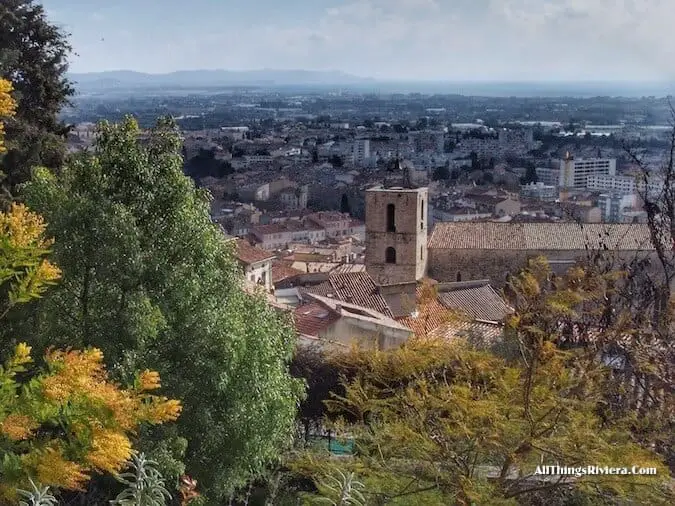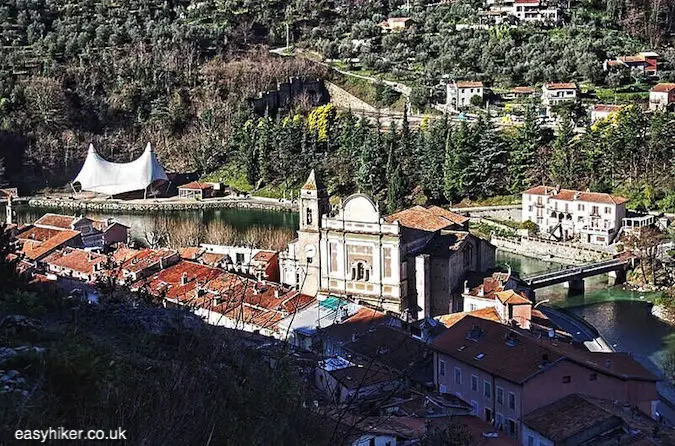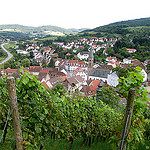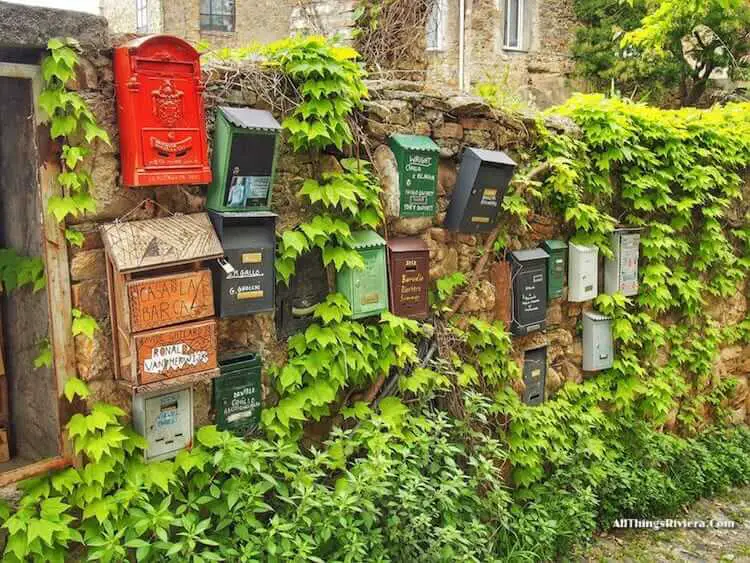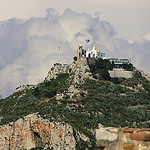Walks in the Netherlands
A Pleasant Urban Promenade in Utrect
The modern world was born in the Netherlands: this small country at the edge of Europe, forever at risk of sliding into the Atlantic Ocean, was the first that was run for and on behalf of its citizens. Today, we take this form of government for granted: is there any other?
But this “by the people, for the people” principle was much less obvious in the 17th century when nearly all countries in Europe were subject to the whims of their feudal overlords, no matter how outrageous – or brutal.
Amsterdam was the town where this historical sea change occurred, but the country had a history before Rembrandt and Spinoza, and much of it was connected with the city of Utrecht – where the Dutch archbishop was domiciled and where many of the country’s top clergymen had their residences (including Pope Hadrian VI, the last non-Italian in the fisherman’s shoes for 450 years).
Yet at the same time, Utrecht was also the place where the blueprint for the country’s Golden Age was designed.
The story of Utrecht is the story of the church. For centuries, Utrecht was, and in many ways still is (at least for the country’s Catholic community), the religious capital of the Netherlands.
But it is also the story of its canal network, constructed and extended from the early Middle Ages onwards to connect the town centre with the river Rhine and other parts of the Netherlands.
It was this network that gave rise to an independent merchant class, and when they became wealthy and confident enough to assert their rights against the clergy, Utrecht, Holland and the entire western world were never to be the same again.
Our interest in Utrecht’s canal network is nevertheless focused on something else: never mind its great historical interest (an application for inclusion on the list of UNESCO World Heritage sites has been filed).
The city’s waterway system also makes for a highly pleasant urban promenade.
We begin our walk on Willemsplantsoen opposite the national HQ of the Dutch Railway Company where a UFO appears to have just landed on the roof …
… (at the risk of disappointing some of you: it is only a sculpture, made by the Dutch artist Marc Ruygrok) and continue southwards past the historic buildings of the Karel V luxury hotel on our left until we meet the canal.
On your left hand side, you can see some buildings in the southern part of the Old Town, which is specifically packed with church buildings and the remnants of medieval monasteries.
This stretch of the canal footpath runs alongside a – now dead – side arm of the waterway system, which is particularly peaceful.
On Tolsteegbruck, we cross the Oude Gracht, ancient Utrecht’s “main street”. The city’s Old Town now lies to your left on this pleasant urban promenade.
We continue straight, past the back of the University Museum on our left. (Utrecht is home to the country’s largest university and accommodates 30,000 students) and across Absteder Bridge …
… with Nieuwe Gracht on our left hand side. This canal is one of the most recent additions to the network and is only half as wide as the two-lane highway of the “Old Canal”.
Continue past the municipal Stads Schouwburg theatre and follow the canal to the left. This is where the footpath next to the canal – and therefore the walk – ends, but there is one last thing we still have to do.
Follow the canal – down its oldest stretch: parts of this section go back nearly 1000 years – and just after it makes another left turn, near the bridge called Zandbrug, you can find Utrecht’s most visited statue.
Let me guess: you have no idea who or what this is. If you do, you are most probably from the Far East, where Miffy appears to be much more popular than in Europe or even his native Holland (where, incidentally, he is known as Nijntje. Go on, you try to make the Japanese pronounce that.)
Miffy is the brainchild of the artist Dick Bruna, a son and long-time resident of Utrecht. See some of his works in Utrecht’s newest museum (est. in 2006), opposite the town’s Central Museum.
The bad news is that the Dick Bruna House is located on the other end of the city centre – so for you, this walk has just started.

